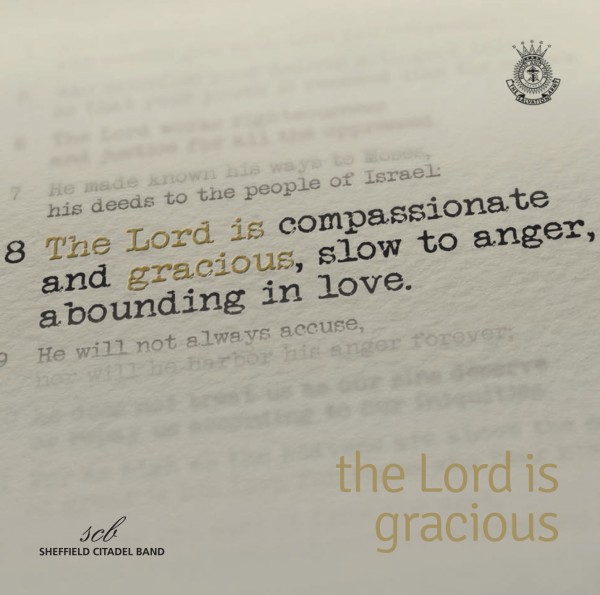
Messenger Confidentials: Healing Grace
“And be ye kind one to another, tenderhearted, forgiving one another, even as God for Christ’s sake hath forgiven you.” -Eph. 4:32 The two…

“And be ye kind one to another, tenderhearted, forgiving one another, even as God for Christ’s sake hath forgiven you.” -Eph. 4:32 The two…

6) The Spirit World and the two classes of eternal people. (Finis J. Dake)

What do you think core competencies for an Evangelist would look like? Ideas verses 1. Love for God 2. Love for people 3. A…

Acts 20:32 KJV — And now, brethren, I commend you to God, and to the word of his grace, which is able to build…

[We must be truly humbled for our sins, we must be sorry we have by sin offended our Abba Father, and ashamed that because…

Gerardo de Dominicis They don’t ask for asylum in Mexico but many times when they are rejected by the US they remain in Mexico….

Luke 17:10 KJV — So likewise ye, when ye shall have done all those things which are commanded you, say, We are unprofitable servants:…

4) The Spirit World and the different kinds of demons. (Finis J. Dake)

Promise for the Day – Delight thyself also in the Lord. (Finis J. Dake)

“Thou art beautiful, O my love, as Tirzah, comely as Jerusalem, terrible as an army with banners.” – Song of Solomon 6:4 I talked…

[I will raise You on high Abba Father, I will lift You up with David’s psalm of praise! From a hymn “Through all eternity…
